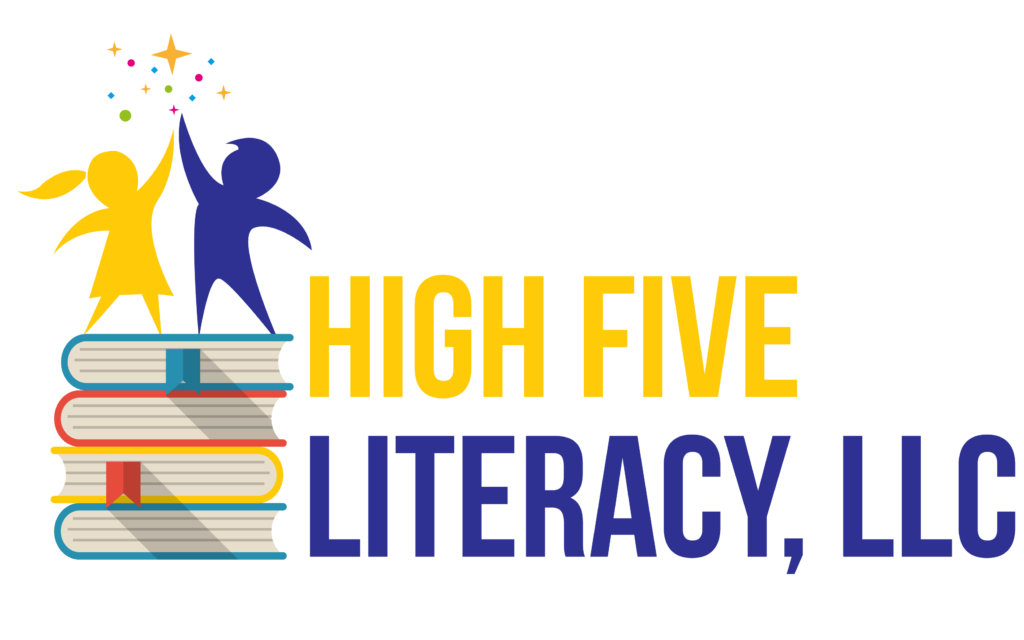 Ever since I started reading Daniel T. Willingham’s column, “Ask the Cognitive Scientist,” in American Educator, I have followed his articles and books. His writing style is direct and clear, and he makes any topic easy to understand, whether one is unfamiliar with the content or has advanced knowledge. His latest book, The Reading Mind: A Cognitive Approach to Understanding How the Mind Reads, offers an easy-to-follow analysis of the complexities of reading by asking the simple question:
Ever since I started reading Daniel T. Willingham’s column, “Ask the Cognitive Scientist,” in American Educator, I have followed his articles and books. His writing style is direct and clear, and he makes any topic easy to understand, whether one is unfamiliar with the content or has advanced knowledge. His latest book, The Reading Mind: A Cognitive Approach to Understanding How the Mind Reads, offers an easy-to-follow analysis of the complexities of reading by asking the simple question:
“What is happening in the mind of a successful reader as opposed to the struggling reader?”
Willingham thoroughly demonstrates in each chapter how the components of skillful reading are dependent on mastering the basics. The chapters include simple graphic organizers showing the underlying skills necessary to read and the reciprocal relationship between them. Each chapter will leave you feeling as though you have discovered another piece of the puzzle. Willingham concludes his chapters with bulleted summaries that provide guidance for improving instructional practices, and discussion questions that let you come to your own conclusions based on the evidence he shares. By picking “apart the mind of the reading individual,” Willingham invites exploration of common misconceptions, allowing us to determine what might be missing in current reading instruction.
Below are some highlights that might resonate with you and pique your interest:
Phonemic awareness is the greatest stumbling block for struggling readers and said, “If reading is a code between symbols and speech sounds, it’s going to be hard to learn the code if you can’t hear the speech sounds.”
Spelling is important, and developing memory for letter patterns is essential. “…both routes – the sound-based and the spelling – live side-by-side in experienced readers.”
Willingham’s research confirms the importance of talking and reading aloud to children from birth. Vocabulary building begins in the home. He states, “… word learning is a gradual process. Some researchers have even suggested that the explosive growth in vocabulary most children show around the age of two had actually been building much longer – it’s only after months of exposure to instances of words that enough information about them has gradually accumulated and begins to bear fruit.” Can schools make a difference in building word knowledge? Yes, direct vocabulary instruction can narrow the gap, but children growing up with a head start because they were immersed in language at home seem to maintain an advantage.
Strong readers use more than just reading strategies to comprehend what they read; if readers have prior knowledge about subjects it helps them piece together meaning from one sentence to the next. Willingham uses examples to show how prior knowledge is paramount in reading comprehension, stating, “Readers bring knowledge to bear on the sentence, not just grammar, to arrive at the correct interpretation. But in these examples, the knowledge is not provided in the text. The reader had to know it before reading the text.” He states, “If writers frequently omit information needed to build causal connections between sentences, it implies that having a lot of knowledge will be a big help in successful reading.” This reinforces how reading comprehension is cumulative and heavily dependent on background knowledge and vocabulary. It also explains why children with limited experiences and exposure to words have difficulty making inferences when reading more complex material beginning in fourth grade.
Regarding teaching comprehension strategies, Willingham states, “There is no evidence that extensive practice with these strategies yields an advantage over a brief intervention – say, 10 lessons.” Willingham stresses, “Comprehension is a product of connecting ideas. Strategy instruction emphasizes that ideas should be connected, but it cannot tell a reader how to make those connections. The connections are specific to the meaning of the text.” This raises the question as to how much time should be spent at school predicting, clarifying, and evaluating text structure, as opposed to ensuring students have strong decoding skills, well-developed vocabularies, and broad content knowledge. The whole reading curriculum matters, so why, then, is the majority of instruction in schools spent on modeling comprehension strategies?
Willingham’s points provide an interesting platform for teachers to discuss at a staff development meeting. District administrators would benefit from having this basic knowledge under their belts when spending district funds on a reading curriculum. Rather than succumbing to slick sales pitches, evidence should be the driving force for programs and materials. And ultimately, Teacher Education programs should include these important findings and update coursework to reflect what is now scientifically known about how the mind reads.
Faith Borkowsky, Founder and Lead Educational Consultant of High Five Literacy and Academic Coaching, is a Certified Wilson Dyslexia Practitioner, is Orton-Gillingham trained, and has extensive training and experience in a number of other research-based, peer-reviewed programs that have produced positive gains for students with dyslexia, auditory processing disorder, ADD/ADHD, and a host of learning difficulties. Her book, Reading Intervention Behind School Walls: Why Your Child Continues to Struggle, is available on Amazon. See information on her book and an interview with Ms. Borkowsky https://highfiveliteracy.com/book/

1 Comment. Leave new
Faith, I recently loaned a my well marked copy of Willinham’s book to a education major. At 62 he decided to change professions and go back to college to be a teacher. He has been helping me some with my reading intervention students. I told him that when he finished Willingham’s book he would understand my approach to reading. He finished the book and commented, “Now I can see why you teach reading the way you do.”